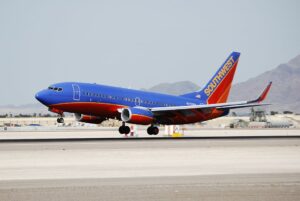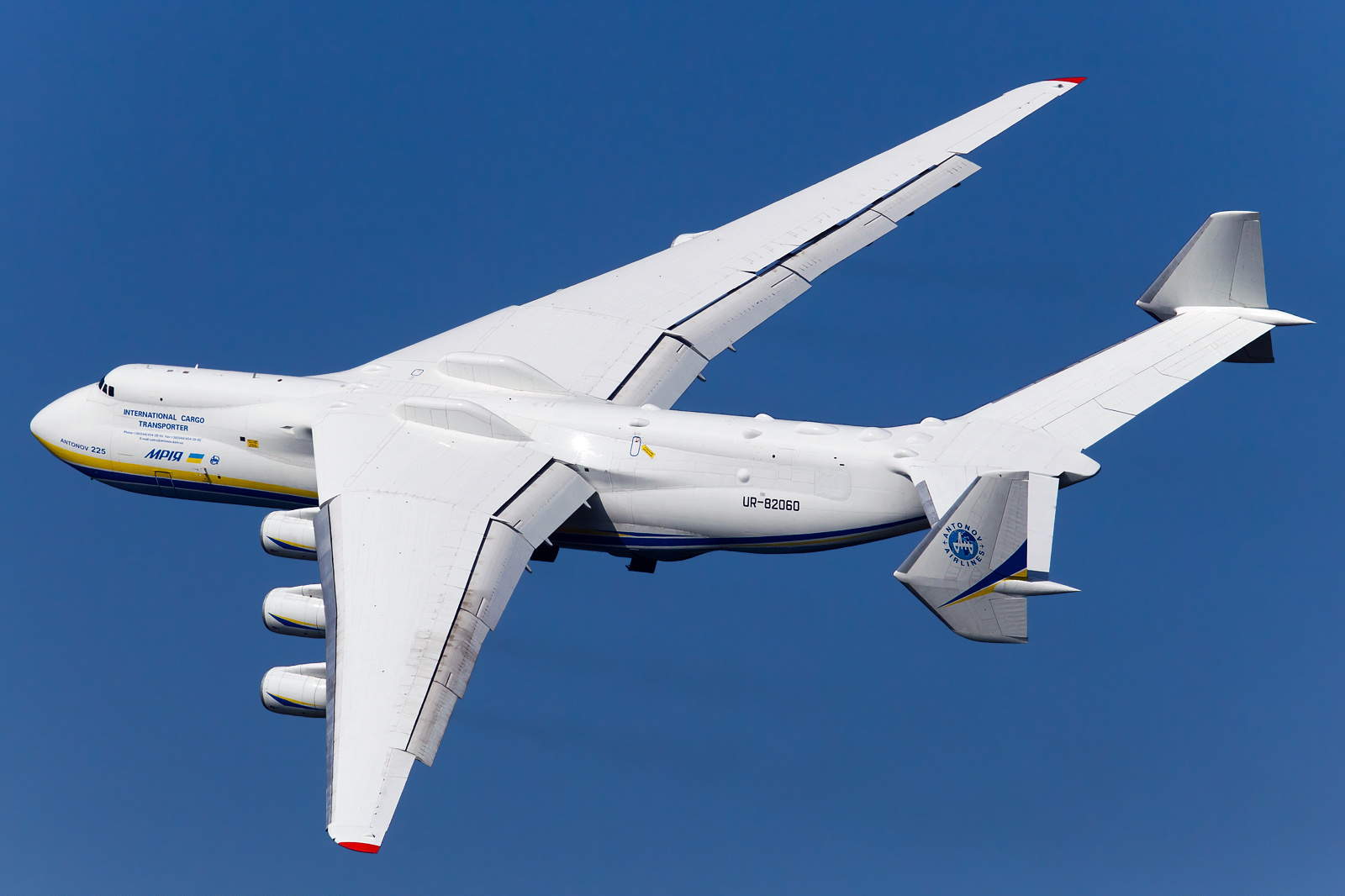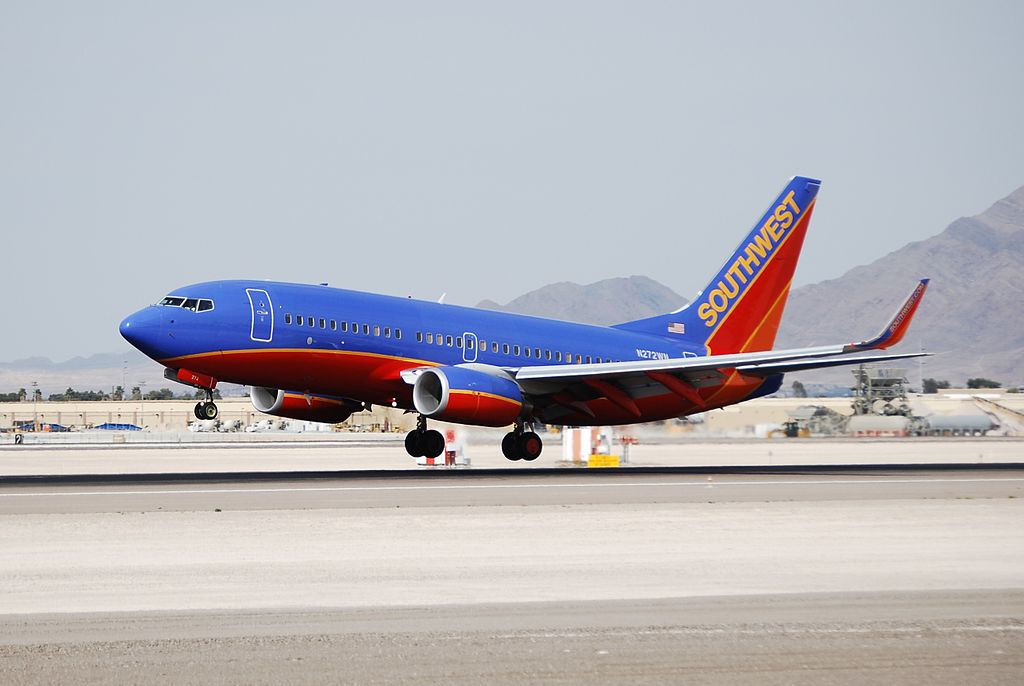Nine of the World’s Largest Aircraft

In the 1980s, the Soviet Union produced the gigantic Antonov An-225. For over 30 years, the massive jet has held the title of the largest aircraft in the world in terms of weight and length, with the Stratolaunch beating it out in terms of wingspan. While no jets to date have beaten the record-setting metrics of either of these monstrous planes (minus the Spruce Goose that never entered service), there is still a handful of unbelievably huge aircraft that are just as impressive. Here are 9 of the world’s largest flying machines.
Largest Overall
Antonov An-225
The Antonov An-225, registered as UR-82060 and nicknamed Myria (meaning “dream”), is the largest aircraft in the world in terms of weight and length. With six engines, a length of 276′, and a weight of over 628,300 lbs, the Antonov is a beast of a plane. It was built by the Antonov Design Bureau in the Ukrainian SSR in the 1980s and was intended to be a transporter for the Buran spaceplane and its rocket boosters. After the program was canceled, the megajet was stored for eight years until it was re-introduced for commercial cargo service beginning in 2002. It has transported military equipment, food, machinery, and relief items across the globe.
Stratolaunch
Having completed its first flight in April 2019, the Stratolaunch, nicknamed Roc, is the world’s largest aircraft in terms of wingspan. The plane was built with six engines, twin-fuselages, a 385′ wingspan, and stretches longer than the length of a football field.
The Stratolaunch project was initially started by Microsoft co-founder Paul Allen to create a massive jet that could launch rockets while airborne. However, the project was left in limbo after Allen passed away in 2018, and the company was ready to give up on the development on the superjet. Then in October 2019, Stratolaunch got a lifeline when it was bought by Cerberus Capital Management, who plans to use the aircraft for hypersonic technologies.
Largest Military Aircraft
Antonov An-124
The predecessor to the Antonov An-225, the Antonov An-124 is the largest military transport aircraft in the world. The jet, nicknamed Condor by NATO, took its first flight in 1982 and can carry an outstanding payload of 120 tons. The aircraft features a pressurized cargo compartment that is 20% larger than the C-5 Galaxy and capable of carrying oversized equipment and combat vehicles.
Lockheed C-5 Galaxy
Although smaller than the Antonov An-124, the Lockheed C-5 Galaxy, which has a height of 65′ and a wingspan of 247′, is the largest military aircraft used by the U.S. Air Force (USAF). It can carry a payload of 135 tons of cargo, such as Mine-Resistant Ambush Protected (MRAP) vehicles or helicopters, and is designed to be easily loaded or unloaded from both the front and the back simultaneously. Its most recent version is the C-5M Super Galaxy, which was upgraded with more powerful engines that allow more cargo to be flown, an all-glass cockpit, better navigation and safety systems, and an improved auto-pilot system and all-weather flight control system.
Largest for Aircraft/Spacecraft Transport
Super Guppy
Although a guppy may be small and fragile, the Super Guppy is large and mighty. The original design, the Pregnant Guppy, took flight in 1962 and was built by Aero Spaceline Industries (ASI) using parts from the KC-97 Stratotanker. Nicknamed Frankenplane, because the plane was literally built using parts from other aircraft, the Super Guppy was used to transport the second stage of the Saturn V Rocket for the Apollo Program. Initially, these parts were shipped by barge via the Panama Canal or the Gulf of Mexico, which was a lengthy journey.
After the Pregnant Guppy’s success, ASI built an even larger version of it in 1965 – the Super Guppy. The plane sported a 25′ diameter cargo bay and was bought by NASA in 1979. Serving 32 years for NASA, the Super Guppy successfully flew three million miles to support the agency’s Apollo, Gemini, Skylab, and the International Space Station programs. Today, the latest version of the Super Guppy is the Super Guppy Turbine (SGT), which is equipped with more reliable Allison T-54 turboprops. ASI built four of these planes, all of which were bought by Airbus Industries to transport large fuselage components for its A300 aircraft. Once the A300 retired, NASA was able to purchase SGT number 4 to support the U.S. Space Program; however, the SGT has also been used to transport parts for the Air Force’s T-38 and the Navy’s V-22.
Beluga
Nicknamed for its resemblance to a beluga whale, the Beluga is an A300-600ST (super transporter) owned and operated by Airbus to haul oversized cargo components. The basic design of the aircraft, including the wings, landing gear, and engines, is identical to the A300-600 airliner, but the fuselage has been extended upwards to create a large, 25′ diameter cargo bay. The aircraft can hold a 30% larger payload than the Super Guppy, with the capability to carry a whopping 47 tons. Today, Airbus operates five of these mega-aircraft that are essential to Airbus’ operation.
747 Dreamlifter
The 747 Dreamlifter is Boeing’s version of ASI’s Super Guppy and Airbus’ Beluga. Known officially as the 747-400 Large Cargo Freighter (LCF), the Dreamlifter was built to ferry components for the company’s 787 Dreamliner to its U.S. assembly plants. The concept of the Dreamlifter began when Boeing realized that the transport of the 787 parts by land and sea would take too long, not to mention that some of the aircraft’s parts were too large for shipping containers. So, Boeing began looking at air transport. The Boeing 747-400Fs, the Antonov An-224, and the Antonov-255 proved to have too small of cargo bays, so the company decided to convert four 747-400s into the gigantic Dreamlifter. The megajet can hold a volume of 1,840 cubic meters, which is three times as much as the 747-400F, and has been a workhorse for the 787 Dreamliners production.
Largest Airliners
A380
The A380 airliner is the world’s largest passenger jet and was built to contest the massive Boeing 747. Leading up to the introduction of the A380, the Boeing 747 was dominating at large hubs such as New York-JFK and London Heathrow, which were operating at full capacity. Airbus saw the rising travel demand as an opportunity to create a larger aircraft capable of transporting more passengers out of those airports without having to add flights. Thus, the company built a double-decker megajet that has four engines, a wingspan almost that of a soccer field, and a passenger capacity of nearly 800 (if configured with all economy).
The A380 was picked up by many airlines across the globe, such as Air France and Singapore Airlines, but the demand fell short. Airbus originally planned on selling 1200 of these monstrous planes in two decades, but only received orders for about a fourth of that estimate. The problem with the plane was that it was built to meet the demand of a hub-and-spoke market. However, at the time, the industry was turning to a point-to-point system that focused on buying smaller, twin-engine aircraft to transport passengers through secondary airports with less traffic. Unfortunately for Airbus, the A380 was not feasible with the business structure, and more economic jets, such as the Boeing 787 or A350, were favored.
747
The Boeing 747 is the second-largest passenger plane ever built and has been a fan-favorite among many aviation enthusiasts. In the 1960s, travel demand was rising dramatically, and Pan Am CEO Juan Trippe saw the need to consolidate the increasing passenger capacity from multiple small aircraft into one large one. Therefore, he approached Boeing and asked them to create a jet that was 2.5 times larger than the Boeing 707 – and Boeing delivered. The massive plane sported four engines, an upper-deck, and a nearly 480 passenger capacity in a single-class configuration. The jet has been upgraded since its first introduction, with the largest being the 787-800 that can hold up to 700 passengers. The first 747 jumbo jet entered service in 1970 for Pan Am and the aircraft has flown the skies ever since.
[Image: Wikimedia Commons]

























Globemaster?
There should be an honorary if not proper mentioning of the Hughes H-4 (Spruce Goose)- it's first (and only) flight was in 1949 - still, up until the Stratolaunch it had the largest wing span of any aircraft and it's only 6 meters shorter than an A380. The longest commercial plan is now the 777X-9 and of course the longest ever to fly was the KM, nicknamed Caspian Sea Monster which was almost 4 meters longer than the AN225